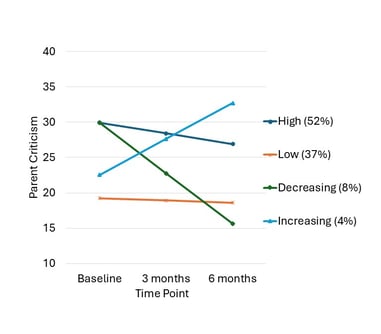Youth Outcomes of Therapy Lab
The Youth Outcomes of Therapy Lab is a clinical psychology research lab at York University in Toronto, Canada. Our overarching goal is to improve psychotherapy outcomes for children and adolescents with depression and/or anxiety by identifying those aspects of therapy that are most effective, and by developing new therapies to address factors that currently predict poor treatment outcomes. We also study treatment outcome measures and develop ways to make them more clinically relevant.


Lab News
Research Funding





Lab News
New Publication


Parent criticism is associated with youth self-harm and predicts a poor response to treatments. In a new publication in the Journal of Child Psychology and Psychiatry in collaboration with colleagues at the University of Leeds, we found that most parents showed elevated levels of criticism across their youth's treatment for self harm. Family therapy and usual care did not differentially affect parents' criticism trajectories. Read the open access article here.


New Study on Depression Recurrence
We have welcomed a new project into the lab focused on using ambulatory assessment and machine learning to predict depression recurrence. Read more about it here.



